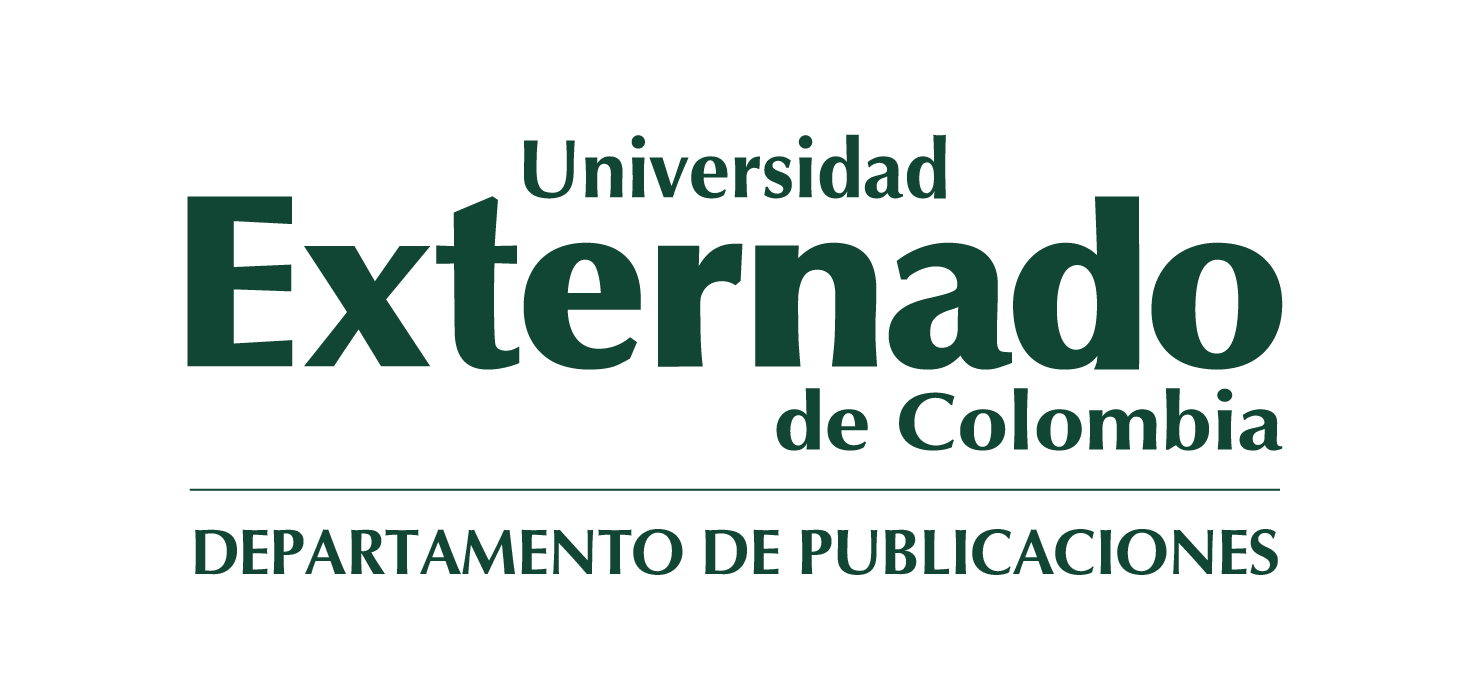Los contratos de transferencia internacional de tecnología.
América Latina, Estados Unidos y la Unión Europea
Knowledge has become the most valuable asset in today's society, but the production of technological knowledge is not uniform. Different studies show that only 15% of the world's population provides most of the technological innovations in the world, while less than half of the world's population is capable of adapting these technologies in production and consumption. The rest of the population (one third) is technologically isolated, without the ability to adapt foreign technologies or initiate their own innovation processes.
Technology transfer stands as the most appropriate solution to this situation of concentration of knowledge, and one of the most important ways to carry out said transfer is through different contractual figures that, despite their diversity, present common elements. One of the most important characteristics of these contractual figures is their atypicality, a situation that leads to the principle of autonomy of will taking on great importance both in its material and conflictual aspects. Likewise, another of the fundamental features of these contracts is the asymmetry in the bargaining power of the parties, which, combined with their atypical nature, leads to them being fertile ground for abuses to occur on the strong party. of the relationship.
Tabla de abreviaturas
Prólogo
Introducción
I. Presentación y justificación
II. Objetivo, metodología e iter lógico
Capítulo I
La práctica contractual en los procesos internacionales de transferencia de tecnología
Capítulo II
Marco regulatorio de los contratos internacionales de transferencia de tecnología en los países productores de tecnología
Capítulo III
La búsqueda del equilibrio contractual a través de las normas imperativas en los países de América Latina
Conclusiones finales
Bibliografía y documentación citada
eBook
Impreso
-

-
Manuel Guerrero Gaitán
-
Abogado de la Universidad Externado de Colombia, Doctor (Ph.D) en transferencia de tecnología por la Universidad de Alicante España. Especializado en propiedad industrial, derechos de autor y nuevas tecnologías en la Universidad Externado de Colombia y posteriormente cursó la maestría de propiedad industrial, intelectual y Derecho de la sociedad de la información en la Universidad de Alicante. Se ha desempeñado como abogado en Colombia y España en donde ocupó el cargo de director del Departamento de transferencia de tecnología Asia – Latinoamérica en la firma J. ISERN PATENTES Y MARCAS. Se desempeñó como asesor del despacho del Superintendente Delegado para la Propiedad Industrial, Asesor del Ejército Nacional de Colombia y la Fuerza Aérea Colombiana en temas de transferencia de tecnología.Actualmente se dedica a la consultoría internacional en temas de propiedad intelectual y transferencia de tecnología, formando parte del consejo asesor del instituto Max Plack de Munich Ip Smart for latinamerica. Ocupa el cargo de Director del departamento de propiedad intelectual en la universidad Externado de Colombia y es el socio fundador de la firma Guerrero Asociados, Propiedad intelectual.
-
eBook
Digital: descarga y online - EPUB
Catálogo Universidad Externado:



